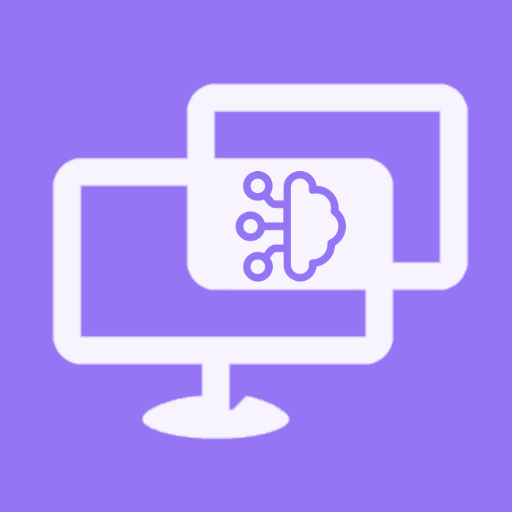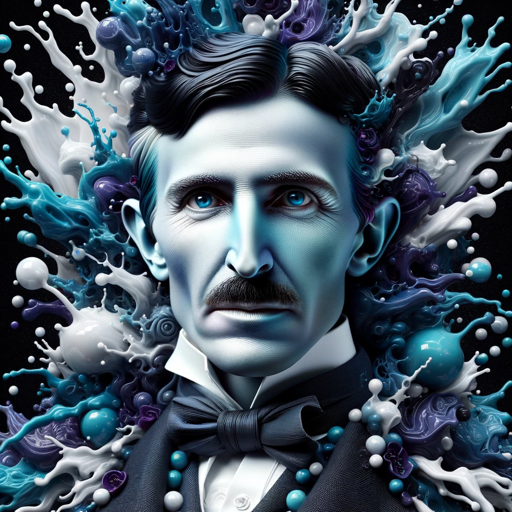Ingénierie de formation-training design optimization tool
AI-powered tool for strategic training design.
/ Console
Related Tools
Load More
ID-Assist (Instructional Design Expert)
Ultimate assistant for automating eLearning and classroom training storyboards. Create engaging courses for K-12, HigherEd, and Corporate training faster and with greater ease.

Instructional Design and Technology Expert
The #1 instructional design tool. A master of modern instructional design and technology. Custom RAG pipeline.

Training Courses Generator
Creates training courses based on user inputs.

BusinessDigital.fr-Commercial pour vente formation
Réponses au mail pour vendre des formations

Teacher Trainer by IELTS Master Engonow
Specializes in IELTS lesson planning and evaluation.

Vocational Training and Assessment Expert
Expert in creating VET-compliant content, sourcing from training.gov.au
20.0 / 5 (200 votes)
Introduction to Ingénierie de Formation
Ingénierie de formation, or training engineering, refers to the systematic process of designing, developing, implementing, and evaluating training programs to meet specific learning objectives and competencies. The goal is to align training with organizational needs, regulatory requirements, and the evolving demands of the job market. The design purpose of ingénierie de formation is to ensure that the training delivered is not only effective in terms of knowledge transfer but also relevant and adaptable to the learner's context. For example, a company facing new compliance regulations may require a tailored training program to ensure employees meet the new standards. Here, the role of ingénierie de formation would involve analyzing the requirements, designing a curriculum that addresses these, and creating evaluation metrics to ensure the training's effectiveness.

Main Functions of Ingénierie de Formation
Needs Analysis
Example
A healthcare organization needs to upskill its staff due to new healthcare regulations.
Scenario
In this scenario, ingénierie de formation would involve conducting a needs analysis to identify the specific competencies required under the new regulations. This might include interviews with key stakeholders, a review of the current skills of the staff, and an analysis of the regulatory requirements. The outcome would be a detailed report outlining the training needs and a recommended approach for addressing them.
Curriculum Design
Example
A tech company wants to launch a new software tool and needs to train its sales team on its features and benefits.
Scenario
The ingénierie de formation team would design a comprehensive training program that includes modules on the software's technical aspects, its competitive advantages, and sales strategies tailored to different customer segments. The curriculum would be designed to be interactive and could include hands-on labs, case studies, and simulations to ensure that the sales team can effectively communicate the software's value to potential customers.
Evaluation and Improvement
Example
A training program on customer service fails to improve customer satisfaction scores.
Scenario
In this scenario, the ingénierie de formation team would evaluate the program's effectiveness by analyzing post-training assessments, customer feedback, and performance metrics. They might discover that the training did not address real-world scenarios or that it was too generic. Based on these findings, they would revise the training content, possibly incorporating more role-playing exercises or specific customer interaction examples, and then re-launch the program with these improvements.
Ideal Users of Ingénierie de Formation Services
Corporate Training Departments
These are teams within organizations responsible for employee training and development. They benefit from ingénierie de formation services as they need to ensure that training programs align with corporate goals, regulatory requirements, and industry standards. For example, a financial services firm might use these services to design compliance training that meets both national regulations and internal policies.
Educational Institutions
Universities and vocational schools often utilize ingénierie de formation services to design curricula that prepare students for specific careers. They need to ensure that their programs are up-to-date with industry requirements and that they equip students with the necessary skills to succeed in the job market. For example, a university might work with a training engineer to develop a new program in data science that includes the latest tools and technologies used in the industry.

How to Use 'Ingénierie de formation'
Step 1: Visit aichatonline.org for a free trial without login, no need for ChatGPT Plus.
Start by accessing the aichatonline.org website to utilize the Ingénierie de formation tool. The platform offers a free trial without requiring any login or premium subscription. This will give you a chance to explore its basic functionalities.
Step 2: Understand the prerequisites.
Before using the tool, ensure you have a clear understanding of your training needs, objectives, and the audience profile. This foundational knowledge will guide the customization and effectiveness of the tool.
Step 3: Input relevant data.
Enter specific details about your training project, such as the learning outcomes, duration, and preferred modes of delivery (e.g., online, in-person). This step will help the tool generate a more tailored instructional design plan.
Step 4: Utilize available templates and resources.
Make use of the tool's pre-designed templates and resources. These are based on best practices and can be adapted to suit different learning contexts, saving time and ensuring consistency in course design.
Step 5: Review and iterate.
After generating a training plan, review the output carefully. Use the tool’s feedback and analytics features to refine and improve the plan continuously, ensuring it meets all learning objectives and quality standards.
Try other advanced and practical GPTs
쇼츠 크리에이터(Shorts Creator)
Empower Your YouTube Shorts with AI-Generated Scripts

Simpsons Me
Turn yourself into a Simpsons character with AI!

Doodle Line Art Animals by Ohho AI
AI-powered doodle art creation.
Moodle Expert
AI-driven guidance for all your Moodle needs.

Ev : Product and Business Ethics Evaluator
AI-powered tool for ethical decisions

GPT Assistant on STEROIDS!
Supercharge your productivity with AI.

Pitchdeck Crafter
AI-powered tool for effortless pitch decks

Photography Picture Analyzer and Critique
AI-powered photo critique and analysis.

Journalistic Content for Digital PR
AI-Powered Journalism for Effective PR

Radiology Copilot
Enhancing radiology with AI precision

BrowserOp
Your AI-Powered Web Assistant

BrowserPilot
AI-powered web content extraction tool.

- Curriculum Design
- Quality Assurance
- Instructional Design
- Program Evaluation
- Needs Analysis
Common Q&A about 'Ingénierie de formation'
What is 'Ingénierie de formation'?
'Ingénierie de formation' refers to the systematic process of designing, implementing, and evaluating educational and training programs. It involves analyzing training needs, developing curricula, and creating instructional materials to ensure effective learning outcomes.
What are the main components of 'Ingénierie de formation'?
The main components include needs analysis, curriculum development, instructional design, implementation, and evaluation. These steps help in creating a structured and efficient training program tailored to specific learning objectives and target audiences.
Who can benefit from using 'Ingénierie de formation'?
'Ingénierie de formation' is beneficial for educational institutions, corporate training departments, and independent instructional designers. It is particularly useful for those looking to create effective training programs that are aligned with organizational goals and learner needs.
How does 'Ingénierie de formation' differ from traditional instructional design?
Unlike traditional instructional design, which focuses primarily on the creation of learning materials, 'Ingénierie de formation' encompasses a broader approach. It includes strategic planning, alignment with business goals, and a continuous feedback loop for improving training programs.
What tools are commonly used in 'Ingénierie de formation'?
Common tools include Learning Management Systems (LMS), authoring tools for content creation, data analytics software for assessing learning outcomes, and project management tools to oversee the development process from start to finish.